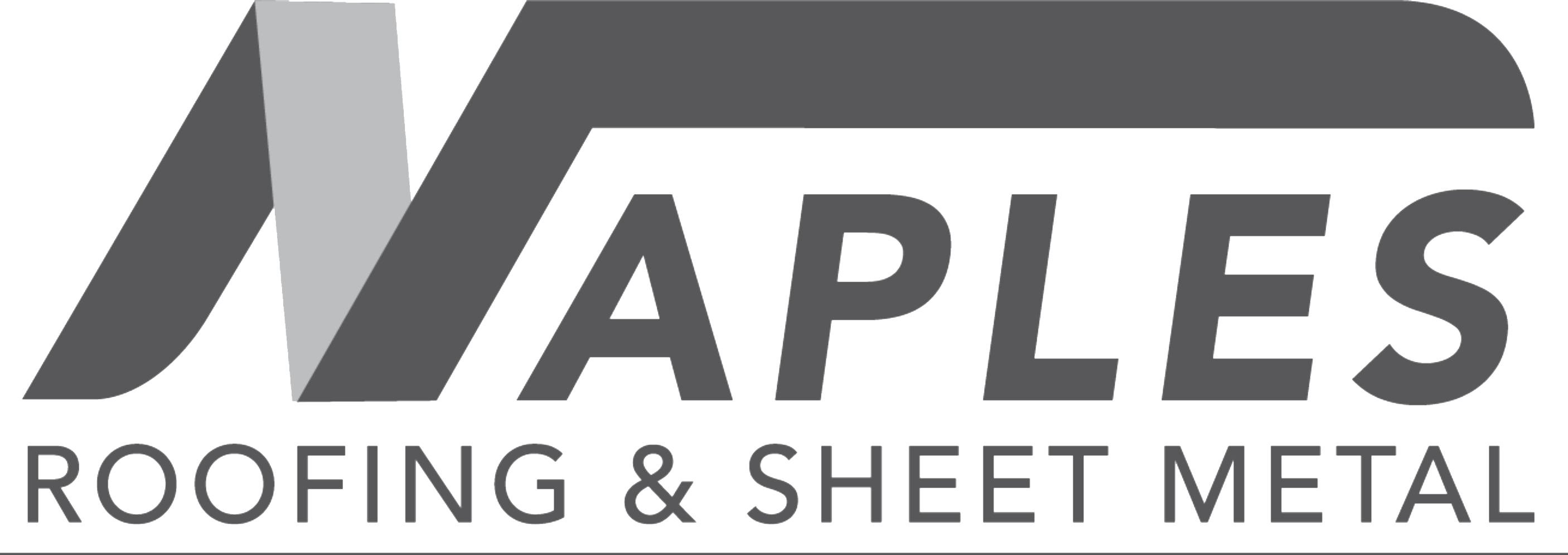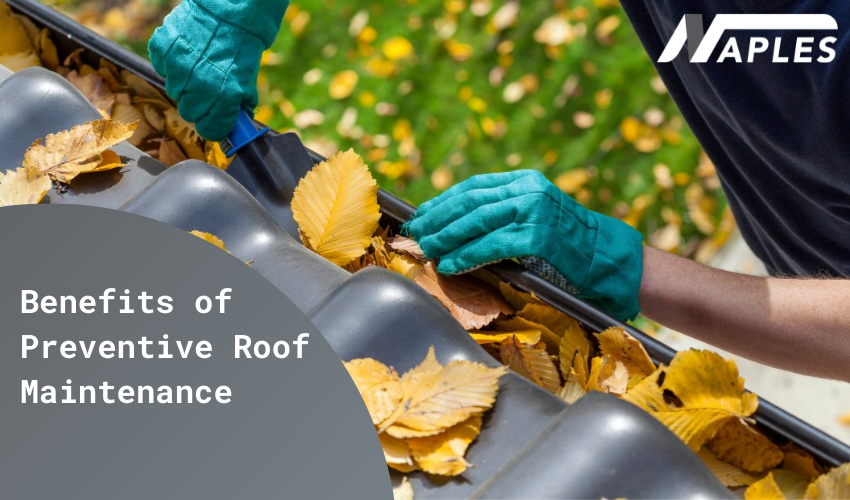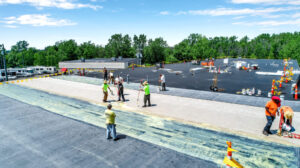Benefits of Preventive Roof Maintenance
Many homeowners are terrified by the possibility of having to replace their roofs. Roof renovation, after all, can be a significant and unforeseen cost. This realization will lead homeowners to cross their fingers and hope for the best, but there is a much safer approach that will encourage you to enjoy the safety, elegance, and security of your roof for years to come while avoiding the need for premature roof replacement. Preventive roof maintenance, as preventative maintenance with every other big structure in your home, will go a long way toward giving you peace of mind. Instead of letting the roof go “out of sight, out of view,” make it a routine to check and maintain it on a daily basis.
Benefits of Preventive Roof Maintenance
- There will be no unexpected leaks: Preventive maintenance, according to roofing experts, is critical in detecting damage early and preventing leakage. Most of the time, aging roofs conceal problems that are unnoticeable to the untrained eye, particularly from afar. They just get worse if they go unnoticed and unaddressed before they let the elements enter your house. Water infiltration may occur before you know it, drenching your valuables and wreaking havoc on your interior.
Also Read Latest Blog: Is it Important to Choose a Certified Roofing Contractor?
- There will be no unexpected costs: You should prepare for future upgrades if you have an active routine maintenance plan or proactively schedule a roof checkup. When leaks happen out of nowhere, though, it’ll be a different matter. Many contractors provide free inspections to assist you in identifying problems early on.
- There are no warranties that have been nullified: Many brands cancel quality warranties as defects are caused by inadequate maintenance, as any roofing expert will testify. If you schedule specialist checks on a regular basis, the retailer is most likely to compensate you for the expense of new materials and labor.
- No Claims Denied: There’s a fine line between proper maintenance and negligence when it comes to most insurance plans. If there’s a good risk you didn’t keep up with maintenance standards, your insurer could reject your claim for a storm-damaged roof. In the end, you might find yourself responsible for all of the costs.
Damage Avoided By Preventative Roof Maintenance
- Roofing Materials: As previously said, the materials on your roof can erode over time. Annual repairs and necessary regular repairs will help the roof last for several years.
- Attic Moisture: Water will dampen framing and saturate insulation if it gets into your attic. This not only weakens the insulation of your home and reduces its energy quality, but it also encourages mold formation, which can lead to health and wellness problems. Mold thrives in humid, warm environments, making a wet attic an ideal breeding ground.
- Drywall Saturation: Roof leaks that make their way through your drywall will lead to mold, staining, and corrosion of your walls and ceilings. When leaks get into the living areas of your house, they become more serious and impossible to repair and recover.
- Compromised Electrical Systems: Water dripping on exposed electrical wires can cause shorts, outages, and other problems. If water seeps through your walls, it can disrupt the electrical grid, posing a serious safety risk.
- Interior possessions: In the worst-case situation, if preventative roof maintenance is neglected, the ceiling can “give way” in some places, causing a flood to ruin furniture, flooring, appliances, and personal belongings. Before this point, there are several warning signs of a collapsing roof. Look for stains on the ceilings or walls, as well as drips occurring in certain places, and contact a professional as soon as possible.
You may determine when preventative roof maintenance is needed by scheduling a complete annual roof inspection and performing monthly visual inspections. Contact the roofing contractors at Naples Roofing Services if you see something, such as sagging gutters, loose granules, or stained wood in the attic.



